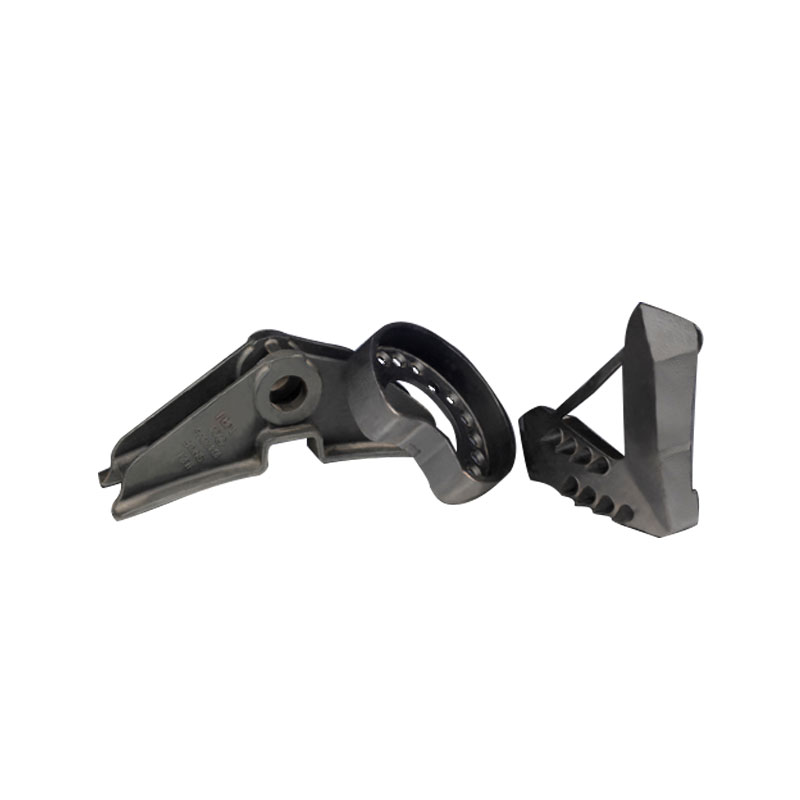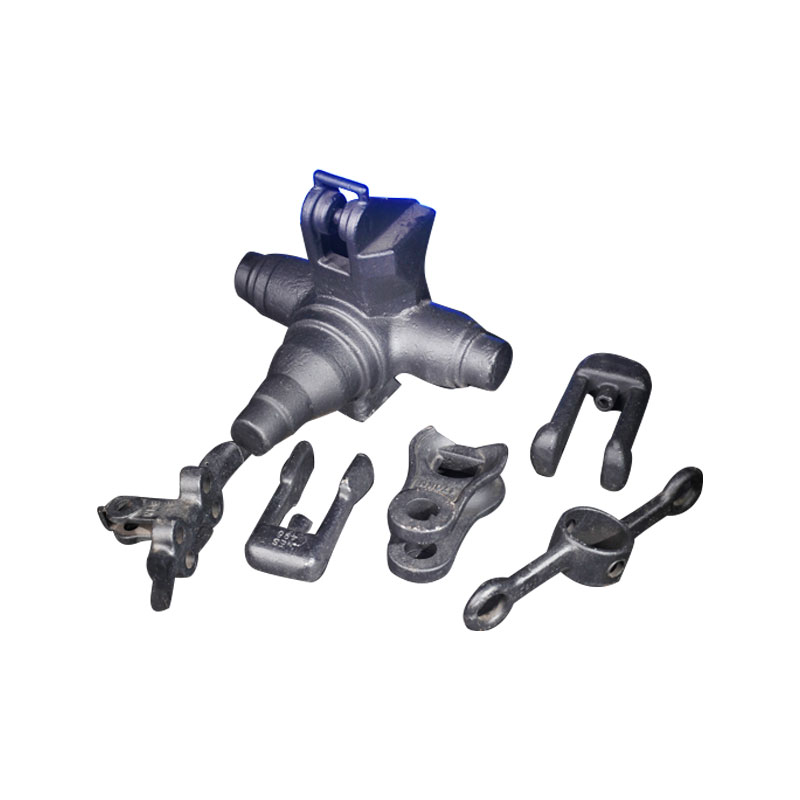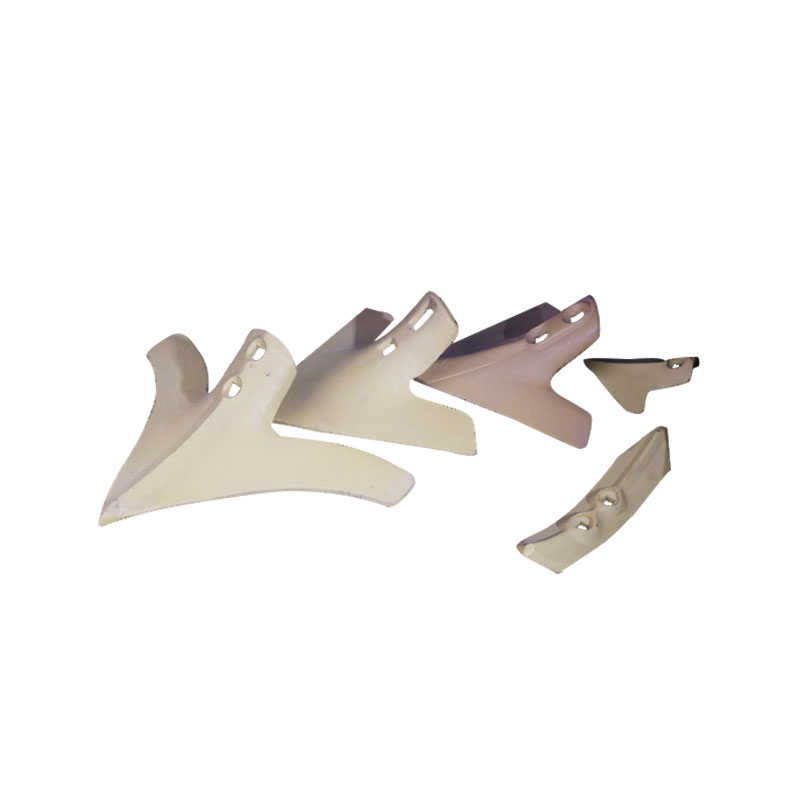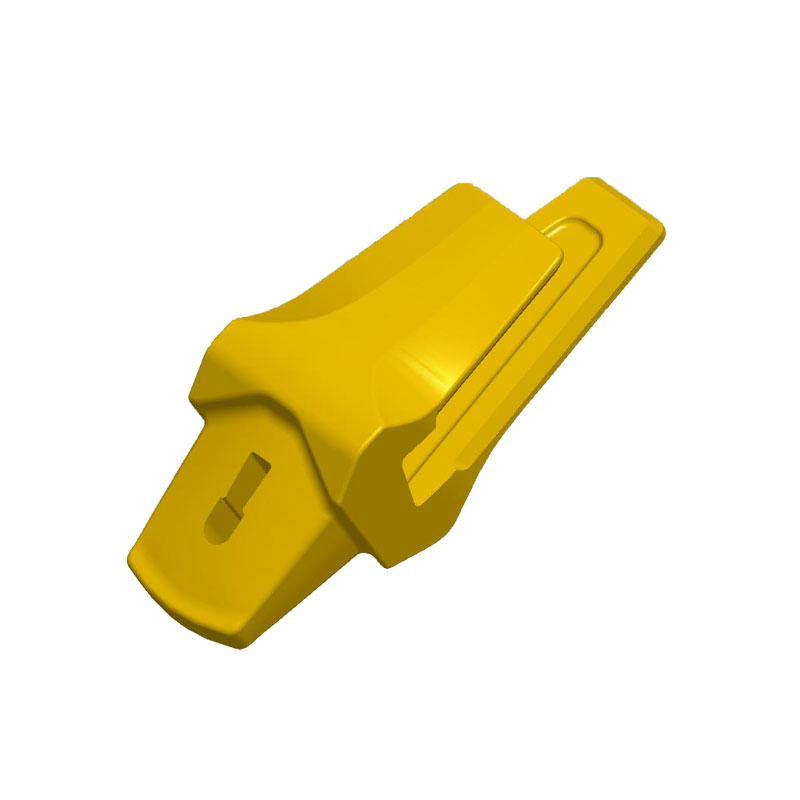When it comes to heavy equipment operations, having the […]
When it comes to heavy equipment operations, having the right ground engaging tools (GET) is crucial. Whether you are working in construction, mining, or any other field that requires digging, ripping, or moving materials, selecting the appropriate GET can significantly impact productivity, efficiency, and overall project success. Here are some key factors to consider when choosing the right ground engaging tools for your job.
The first step in choosing the right GET is to understand the specific application. Different projects require different tools, so it's essential to assess the type of ground, material, and tasks involved. Are you working in rocky terrain or loose soil? Will you be digging, trenching, or grading? Understanding the application will help you select tools that are best suited to handle the job efficiently and effectively.
GET come in various sizes and styles, and it is crucial to ensure compatibility with your equipment. Check the manufacturer's specifications or consult with equipment experts to determine the appropriate GET for your machine. Using incompatible tools can damage both the equipment and the tool, leading to costly repairs and downtime.
GET endure tremendous stress and wear during operation. To ensure durability and longevity, it is crucial to consider the materials used in the construction of these tools. Most ground engaging tools are made of high-quality steel alloys or carbide. High-grade steel provides strength and toughness, while carbide offers exceptional wear resistance. Evaluate the materials' hardness, durability, and resistance to abrasion to choose the most suitable option for your specific application.
The tooth design of ground engaging tools plays a significant role in their performance. The shape, size, and spacing of the teeth determine how effectively the tool penetrates and cuts through the ground. Depending on the application, you may choose from various tooth designs such as standard, heavy-duty, long-wearing, or rock chisel. Consider factors such as ground conditions, material type, and desired productivity when evaluating tooth design options.
Another critical factor in choosing the right GET is understanding the desired ground interaction. The type of surface contact affects digging performance, fuel efficiency, wear pattern, and machine stability. Selecting the appropriate GET for the desired ground penetration, resistance, and load-carrying capacity is essential to optimize operation and maximize productivity.
Choosing the right ground engaging tools can sometimes be a complex process. If you are unsure about the specific requirements of your project or the appropriate GET for your equipment, don't hesitate to seek advice from industry professionals or equipment manufacturers. Their expertise and experience can help guide you towards the best choices for your specific application.



